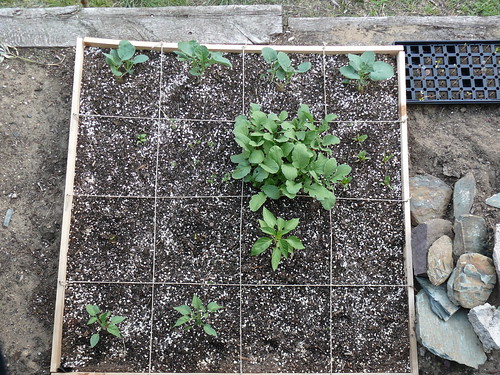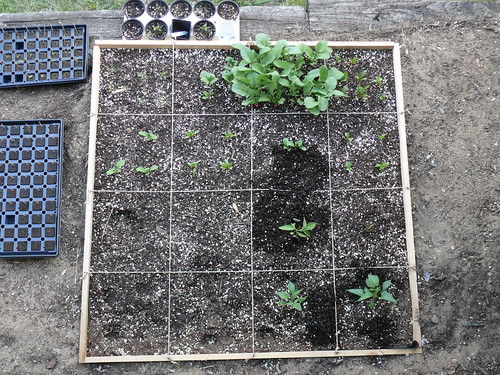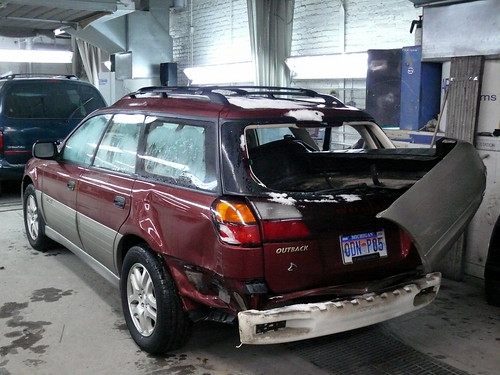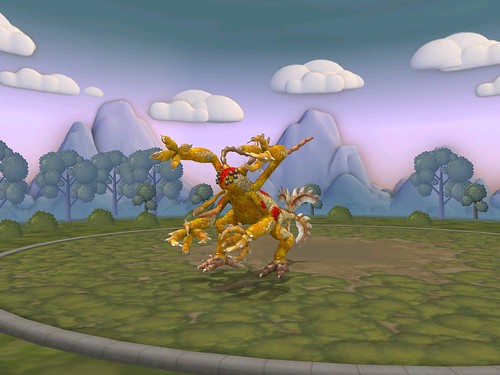I spent my tax returns this year on a new laptop. Specifically, a 16″ Sony Vaio, with a 1.73 GHz Intel I7 processor, 4 gigs of ram, a 500GB hard drive, and a mobile video card with 1Gb of onboard RAM, pushing a display with 1920×1080 full HD resolution. My desktop PC, a stupendous bad-ass of a gaming/development rig, is about five years old. In fact, it was the first thing I bought when I started my recent ex-job. While still a fine machine, it is not so good for freelancing or contract work as I can’t take it with me to different job sites. Now that I am between jobs, it seems appropriate that I spend my suddenly available time setting up the new machine as a money-making tool. At worst, I hope to make enough money with it to pay for it.
The great thing about the type of development I do is that all of the tools I need are free. So here they are, roughly categorized:
General Web Development
Notepad++ – my favorite text editor. Been using it for about six years, since Bock turned me on to it.
I.E. Tester – Tool which allows users to test their web sites in multiple versions of Internet Explorer. You can see how your work looks in seven(!) different versions of IE, if you choose.
FileZilla – easy-to-use FTP client
XAMPP – one-click installer for an AMP (Apache, MySQL, PHP) stack.
Drupal Gardens – A web host which specializes in Drupal 7. Basic accounts are free, but full-featured, and make great test environments.
Flash
Adobe Flex SDK – open-source compiler for Flash and Flex projects
Adobe AIR SDK – Tool kit for developing AIR applications
Adobe Pixel Bender Toolkit – specialized tool for advanced image manipulation
Mobile
Eclipse – Java development environment
Android SDK – bundle of tools for developing and testing applications for Android phones
Appcelerator Titanium – Andy turned me on to this one; it’s a tool kit for developing mobile and desktop applications.
Artistic and Media
Miro Video Converter – easily converts video files between multiple different formats. Especially useful for web-based video.
Audacity Audio Editor – great tool for editing and manipulating sound files
Picasa – Photo storage, cataloging, and editing
GIMP – open-source Graphics program, in the same family as Photoshop
Blender – 3d model creation, animation, and exporting
Processing – Java-based tool for creating abstract art. Can also be used to create Java applications
Inform 7 – The Inform system is used to create text adventure games (think Zork, or Leather Goddesses from Phobos) using natural language both to create the games and play them.
Photosynth – awesome tool which can stitch photographs together into a 3d model or scene.
Google Earth Google’s virtual model of the Earth
Flickr – Where I keep all of my photos. 16,000 and increasing every day.
Writing, Management, Documentation
Google Docs – If you have a gmail account, you get this for free. Word processing, spreadsheet, and much more.
Open Office – Free, open-source alternative to Microsoft Office.
I will update this list as I discover new or alternate tools.








